Tag Archives Pulse Producer

Getting ahead of anthracnose in lentils

New products and old practices recommended
Improved moisture this year means growers may need to dust off practices and products they haven’t used in a while
Recent rain has increased the need for pulse producers to get re-accustomed to disease management practices used in a season with adequate or high moisture that may have been set aside in recent dry years. “Moisture continues to be top of mind as a concern, but these spring rains definitely have been helping,” said Lori […] Read more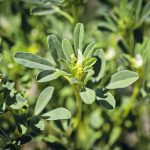
First new fenugreek varieties in decades in the works
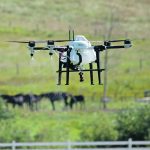
Delays on drone spraying approvals frustrates farmer
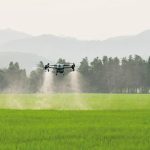
Should farmers use drones to spray?
Producers are eager to adopt DIY aerial spraying, but a slow, careful approach if warranted, says sprayer expert
A number of farmers across Western Canada are using unmanned drones to spray crop protection products, and they’re doing it undeterred by a lack of regulatory approval, say ag drone experts. Markus Weber, president of Alberta-based LandView Drones, sells drones for agricultural applications, including crop spraying. Up until a few years ago, farmers were primarily […] Read more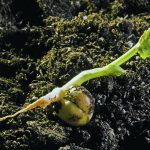
A last check before putting seed down
Certified seed guarantees varietal purity, but specialists recommend testing all seed for germination, vigour and disease
Does certified seed mean guaranteed seed? Not necessarily, says a seed testing expert. Certified seed goes through a battery of tests to ensure vigour, germination and disease-free status, but every seed – certified or not – should be tested for the basics before it goes in the ground, says the lab manager of an Alberta […] Read more
Kochia in pulse crops a growing concern
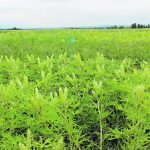
It may be a little early to consider lupins
The pulse offers natural resistance to root rot, but agronomic, yield and weed control options limit their potential
With their natural resistance to aphanomyces root rot, lupins may seem like a no-brainer pulse to plant. But hold on, says Robyne Davidson, a pulse specialist with Lakeland College in Vermilion, Alta. Having worked with them since 2004, she says lupins are not ready for prime time and should only be seeded under special circumstances. […] Read more
Make the most of a pause from pulses
Growers forced by disease to eschew peas and lentils have options to stay productive while the threat abates
It’s a bitter pill to swallow, but pulse producers across the Prairies have come to expect it. If there is aphanomyces root rot in a field where peas, lentils or other susceptible pulses are grown, there is little choice but to rotate crops without those pulses until the disease is gone. That can take six […] Read more
Disease management comes down to basics
With resistance still an elusive research goal, rotation of both crops and fungicides remains the best tool against disease
Identifying and managing diseases is crucial to yield and grain quality. Spraying technology, chemical application and new seed varieties help in the battle for healthy crops, but fungi, bacteria and other microorganisms continuously adapt, becoming resistant to genetic defences and crop protection products. So, what are the latest threats? Green and yellow peas, chickpeas, lentils, […] Read more


